What is a trading range?
Financial markets spend a lot of time going back and forth within a relatively defined price area. This is known as a range. In fact, most trading products spend about 70% of the trading hours within a range.
Steps for trading ranges
Here’s the steps for properly trading a range:
1. Identify the range
When we notice a market is bouncing between two specific price points, and have done so multiple times, we know that this specific market is currently ranging. In other words, a “ranging market” will look like a zigzag or a seesaw, with prices going back and forth between two areas.
Figure 1 shows the hourly NASDAQ chart with regular trading conditions.
Figure 1
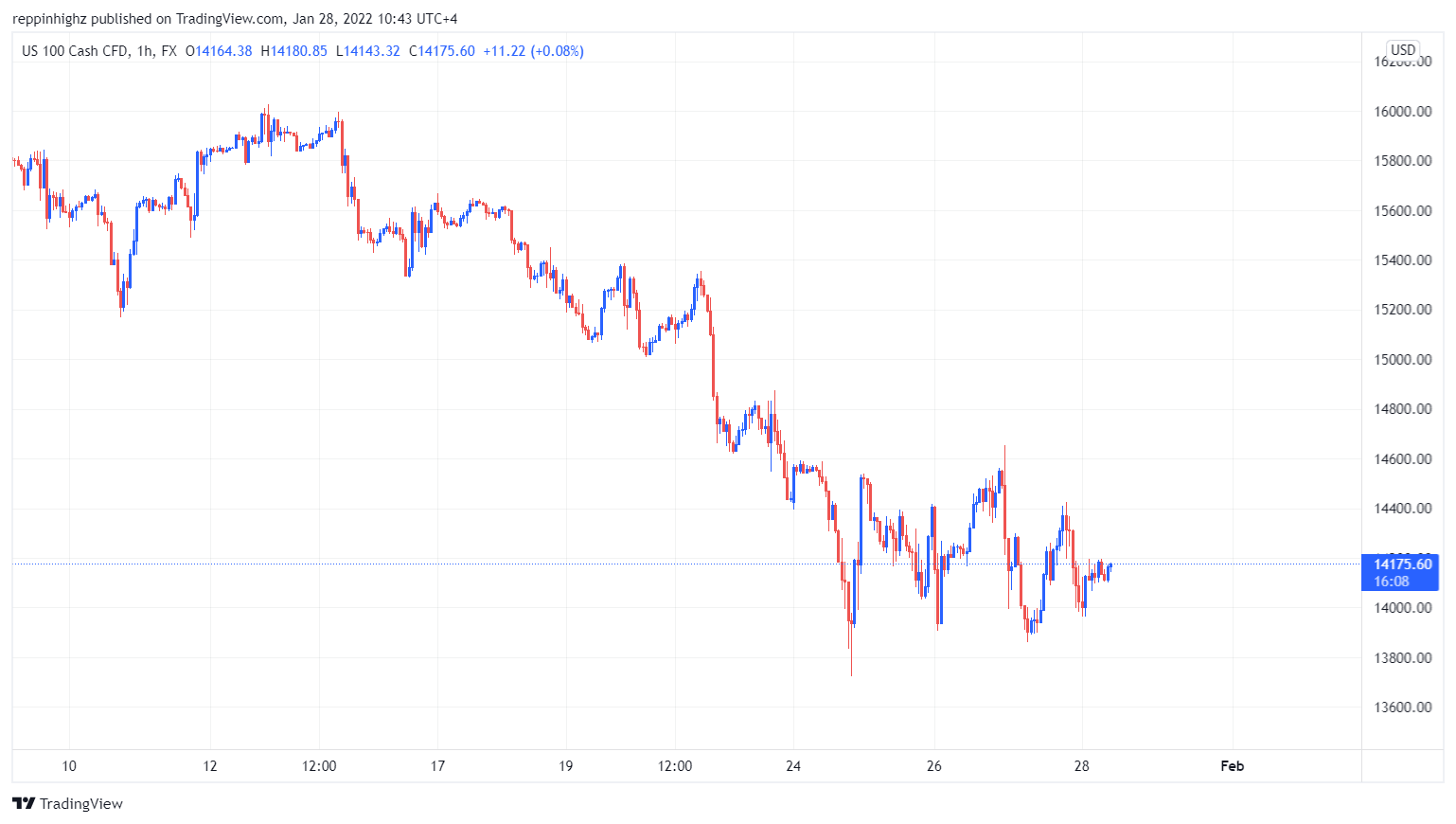
Figure 2 is an example of a trading range, where gold trading prices are in ranging conditions. You can clearly see how the market is basically going back and forth in a specific area, bounded by two defined price zones. While it is not an exact range, the market spent nearly 1 month stuck between two price areas.
Figure 2
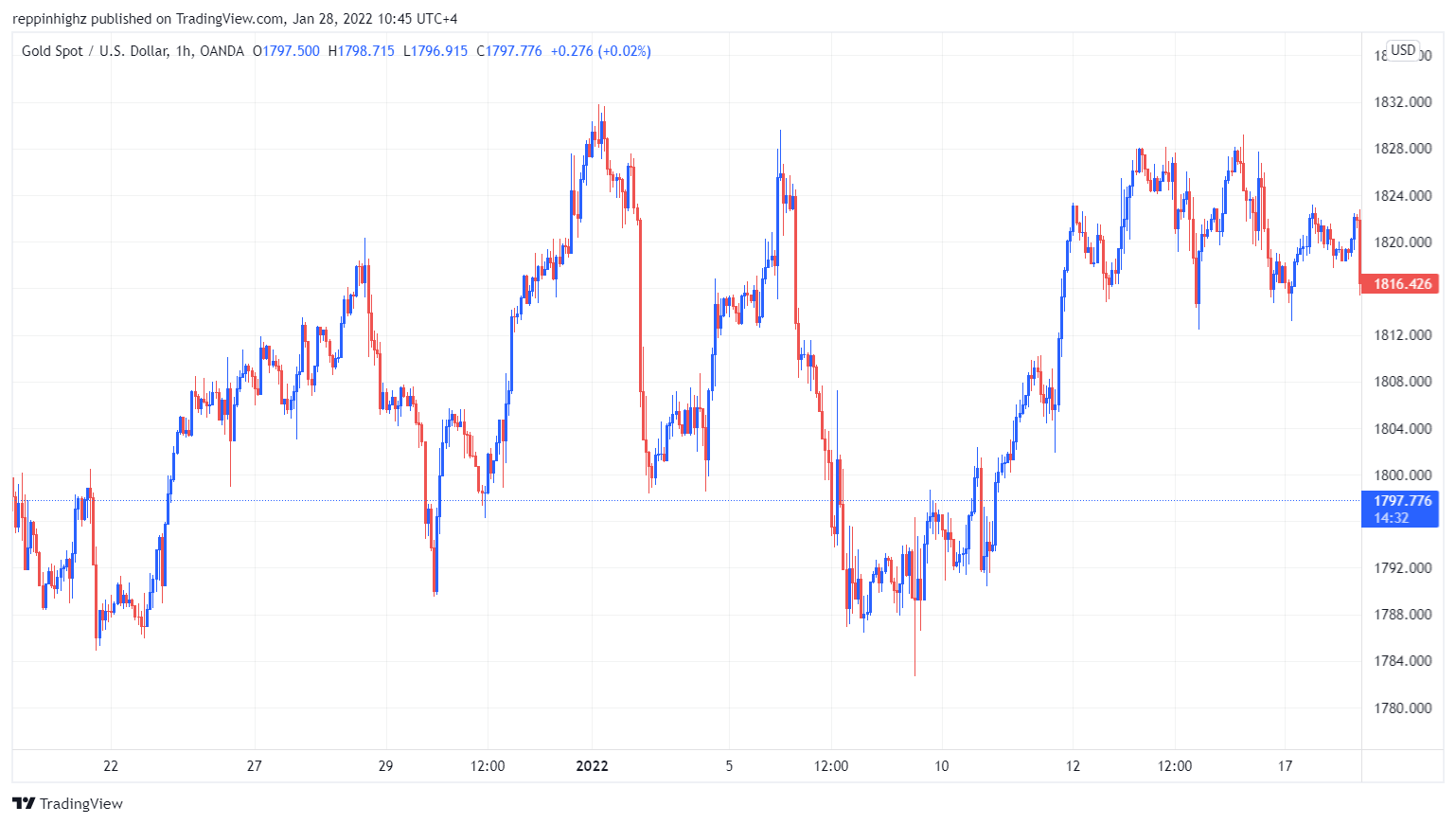
One interesting thing to keep in mind is that ranging conditions can prevail for quite some time but after a few weeks, a large move becomes a very big possibility.
2. Enter the market
It may seem obvious to just enter a buy trade when the price reaches the bottom part of the range, or a sell trade when the price reaches the top part. However, that’s not always the best approach for trading the range.
Ideally, when the price reaches one extreme of the range, there are different factors we can look at that would help give us an optimal entry, and one that could minimize our risk greatly.
Candlestick patterns: When the price is at one extreme, we can look for candlestick patterns to confirm the potential reversal. For example, Figure 3 shows the price is at the top of the range and has formed a reversal candlestick pattern. In this specific case, it’s a shooting star pattern, indicating weakness and a failure by buyers to push prices further up. The candlestick pattern gives us extra confidence in taking the trade and tells us that the market is ready to move lower based on common technical analysis applications.
Figure 3
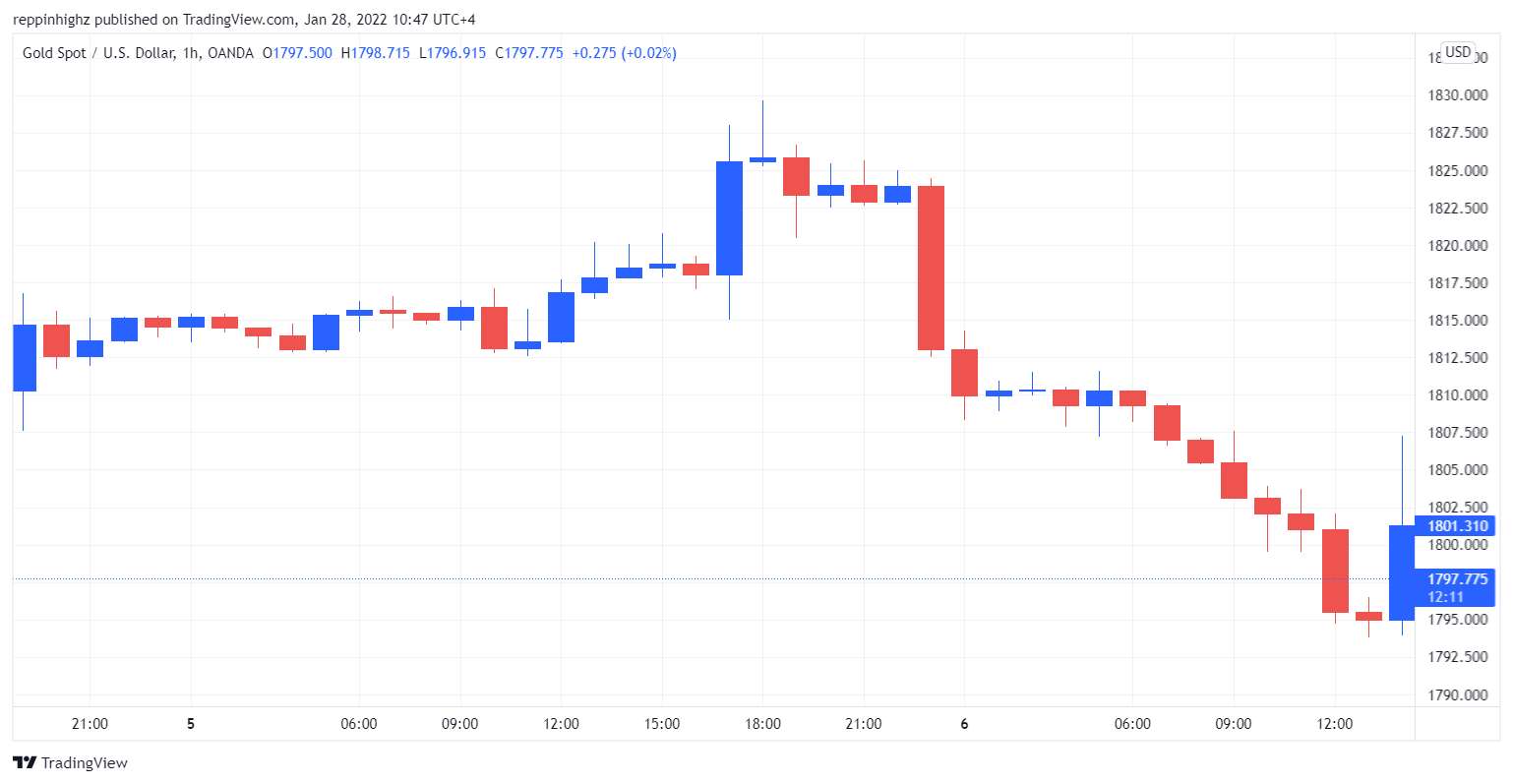
Long tails: Another approach would be to look for overall strength or weakness in the way the candlesticks are being formed. For example, let’s assume the price is moving lower and is near the lower boundaries of the range. The past few candles have shown many tails with prices consistently closing near the highs of each candle or somewhere in the middle. This tells traders that the market is finding demand near those prices and struggling to close lower. In other words, there’s no more steam and the price are likely to reverse from here. Figure 4 shows the overall strength coming in following extended downside.
Figure 4
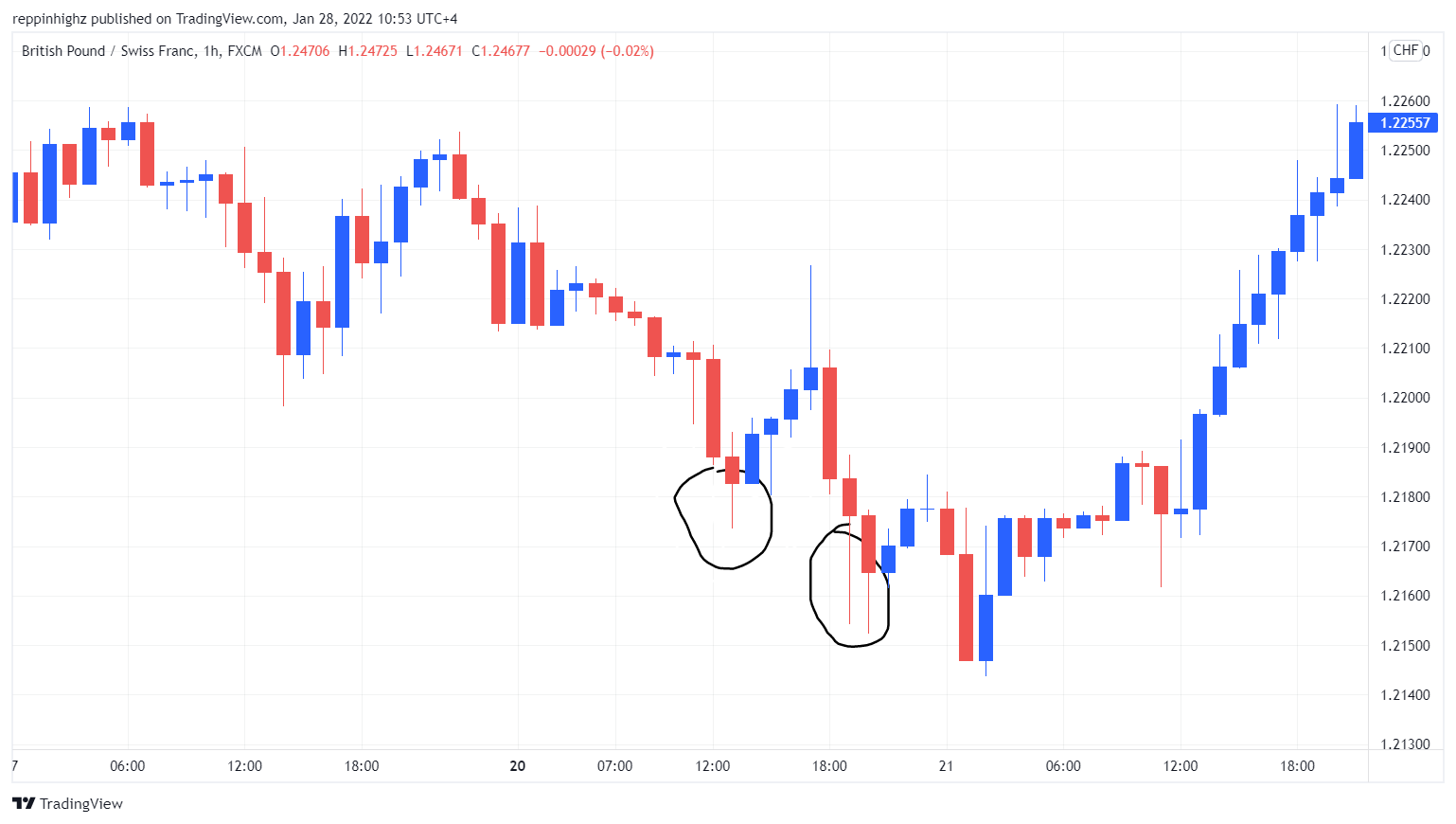
Multi-time frame: For the possibility of more specific entries, you can use a smaller timeframe and look for reversals closer to the support and resistance areas of the range. Such an approach, which requires experience and is more geared for advanced traders, can help you find better pricing while lowering your risk and maximizing your reward.
Ideally, you want to look at a chart that is 4 times less than your original timeframe. For example, if you are using the 1-hour chart, you can look at a 15-minute chart for better entries. Alternatively, if you are using the daily chart, you can look at a 6-hour chart but given that most platforms do not support them, you can use a 4-hour chart or the slightly less common 8-hour chart.
3.Exits
Exiting a range trading position is usually done by targeting the other side of the range. Nonetheless, it’s important to keep in mind that the action from one extreme to the other may not be smooth and could create anxiety for traders.
One way to tackle this is by exiting part of the position around the midpoint of the range. For example, if you are long 100,000 EUR/USD, you can exit 50,000 around halfway and move your stop loss to the original entry price, securing the rest of the position from any sudden reversals.
Another approach would be to move your stop loss to your entry price as soon as the position is in profit by a set number of pips. Keep in mind that the market does whipsaw and could take out your stop if it’s too close to the market.
Using indicators
Indicators are a great addition to any trader’s arsenal of tools and can be exceptionally useful if the market is ranging. Since most indicators have a fixed range, they work better during ranging conditions.
Let’s look at how we can use some of the most common indicators out there, to our advantage when trading ranges. Below, we will discuss the CCI indicator, but RSI is also another great example of an indicator that could help confirm signals during ranging conditions.
CCI
The CCI is an oscillator that was developed by Donald Lambert in 1980. Originally, it was meant to be used to analyze commodities but has grown in popularity since then and is now applied across all financial markets.
The indicator usually oscillates within a range of 100 and -100 with 0 acting as a momentum trigger and 200 as well as -200 considered as extremes or points of reversal.
There are several ways that the CCI can be used for range trading. The first one focuses on signals when the CCI reaches 200 or -200. In this case, we know the price is overextended and a signal from here makes sense. Figure 5 shows CCI coming back from an extreme level and giving a sell signal in a ranging market.
Figure 5
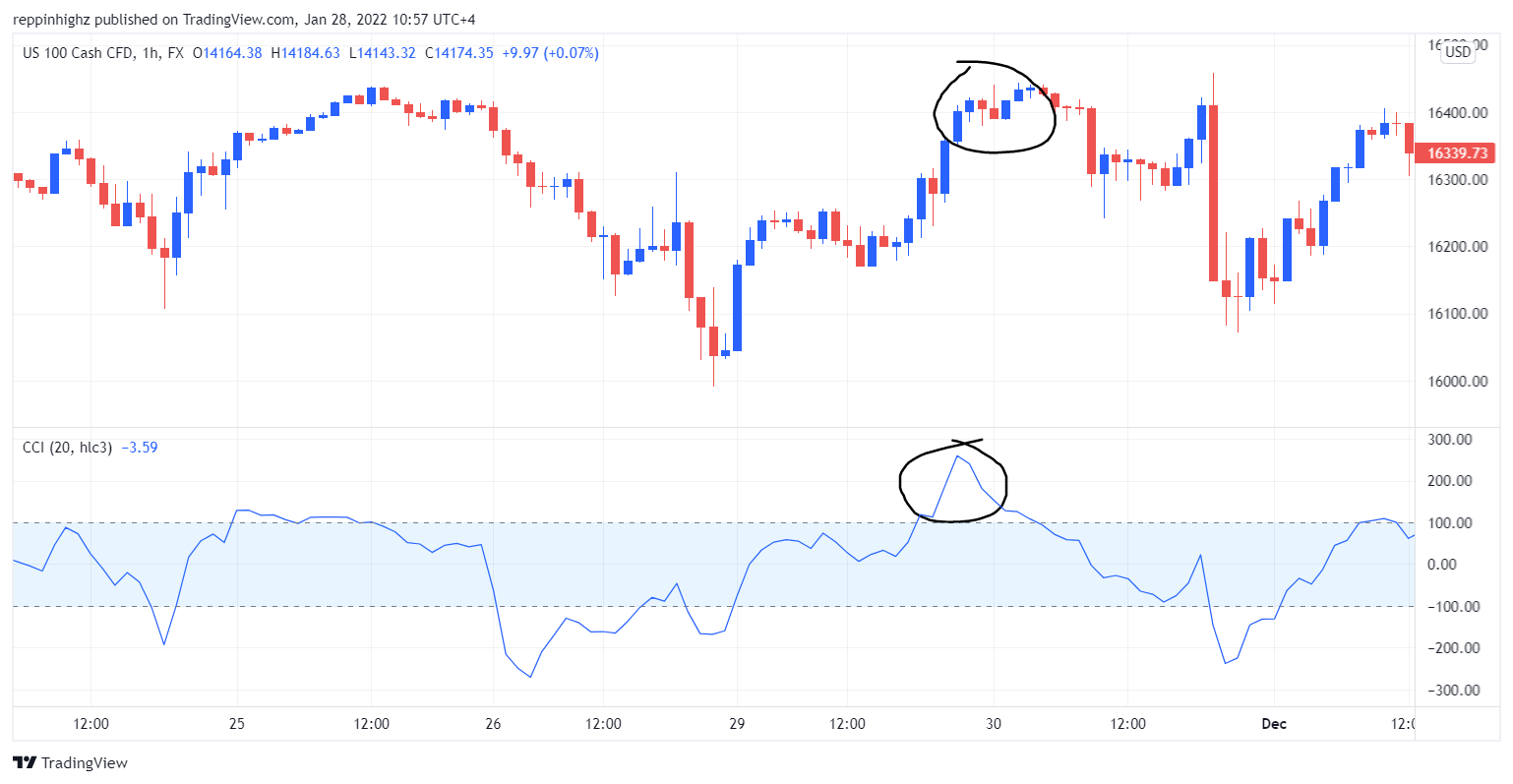
Another way of using CCI would be to wait for a move above 100, preferably above 150 or 200, and then a cross back below 100 for a short trade. Alternatively, traders would wait for a dip below -100 and preferably -150 or -200 before a reversal and a cross above -100 for a potential long trade.
It’s important to keep the context in mind and find weaknesses or strengths in price action itself instead of just relying on CCI or any other indicator as they can give many false signals.
Conclusion
Eventually ranging conditions end. If you are on a smaller timeframe, this could be a few hours or a few days. Bigger timeframes can see price action consolidating for days and weeks, or months.
Remember that ranging conditions on a daily chart could mean strong trends on a smaller timeframe. Trade them knowing that your last trade may fail because the range could end.
Disclaimer: The content published above has been prepared by CFI for informational purposes only and should not be considered as investment advice. Any view expressed does not constitute a personal recommendation or solicitation to buy or sell. The information provided does not have regard to the specific investment objectives, financial situation, and needs of any specific person who may receive it, and is not held out as independent investment research and may have been acted upon by persons connected with CFI. Market data is derived from independent sources believed to be reliable, however, CFI makes no guarantee of its accuracy or completeness, and accepts no responsibility for any consequence of its use by recipients.




